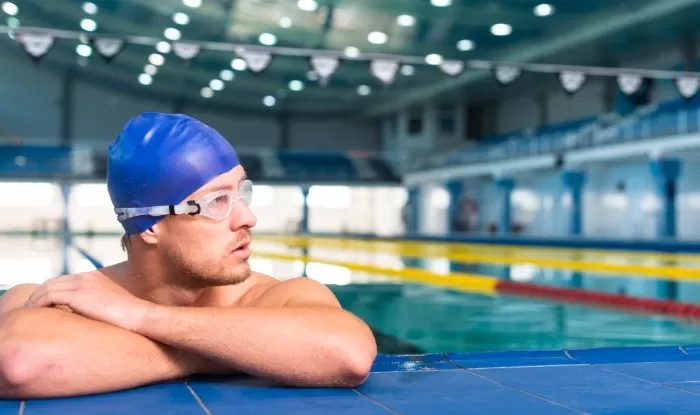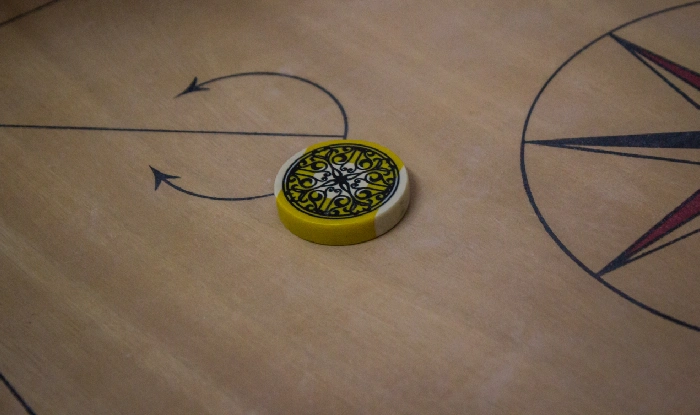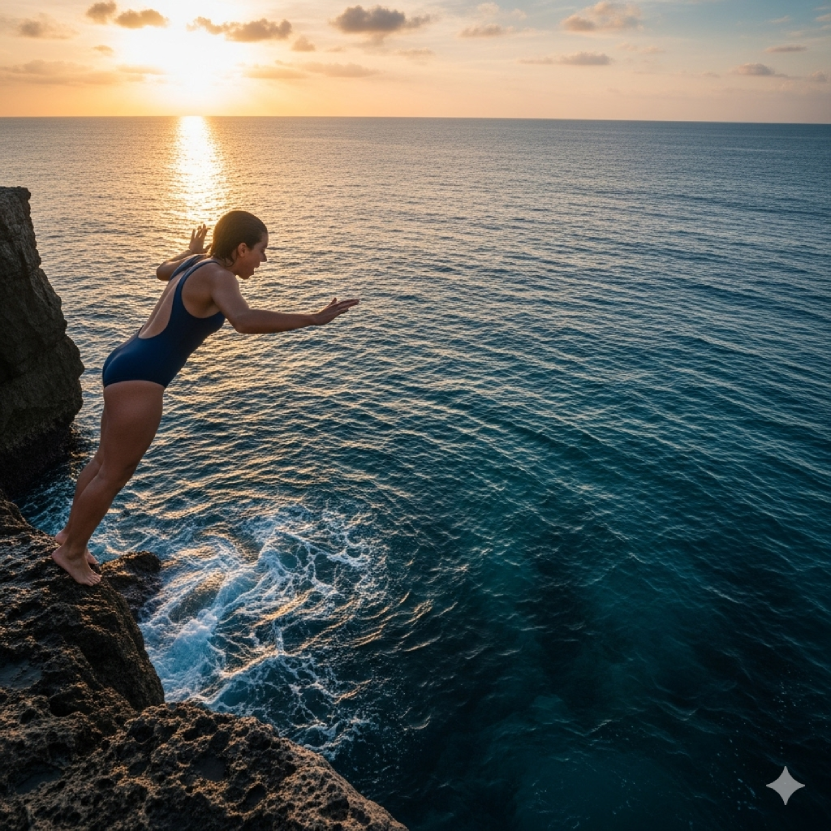Some people feel anxious just standing near water, while others dream of swimming in the ocean. You’re not alone if your heart races at the thought of diving into deep water. Aquaphobia, or the fear of water phobia, affects millions around the world.
The good news? You can gain control over this fear. With the right techniques and mindset, you can replace panic and anxiety with confidence and calm.
What is the fear of water called?
Aquaphobia is an extreme or irrational fear of water, whether it’s a pool, lake, or ocean. Some people are also afraid of being underwater—the mere thought of submersion can trigger panic. This is often referred to as fear of underwater, and it can stop people from even approaching swimming in Navi Mumbai environments.
According to research, around 46% of adults are afraid of deep pools, and 64% are afraid of open water. You’re not the only one who avoids swimming or beach holidays.
Hydrophobia, on the other hand, refers to the fear caused by rabies symptoms. But in everyday conversation, people often use the term fear of water phobia to describe this challenge.
Why do people develop this fear?
The fear of swimming is often rooted in personal experiences. You may have experienced a near-drowning as a child or never learned how to swim, which can create long-term anxiety as an adult.
Other common triggers include:
- Fear of losing control
- Fear of the unknown
- Media influence (shark films, drowning stories)
- Family or cultural beliefs about swimming
Sometimes, the extreme or irrational fear of water develops without a direct event. It could be your brain’s way of warning you of “danger,” even when you are completely safe.
How to overcome your fear of water
Overcoming the fear of underwater isn’t a race—it’s a process. Start small, be patient with yourself, and celebrate progress along the way. Here’s a step-by-step approach:
Start with Visualization
Picture yourself floating on calm water. Imagine the warmth of the sun and the gentle rhythm of waves. Visualization helps your brain see water as peaceful rather than threatening.
Practice Breathing Exercises
Fear often causes shallow, rapid breaths. Slow, deep breathing can help. Inhale deeply, hold for three seconds, then exhale slowly. Practice this daily, even when you’re not in the water, to calm your body’s response.
Start in Shallow Water
Begin in a shallow, safe pool. Let the water touch your legs, then slowly progress deeper at your own pace. Focus on progress, not perfection.
Use Floatation Devices
Kickboards, noodles, or floating vests are not signs of weakness. They’re tools to give you control, reduce anxiety, and build confidence. Over time, you’ll need them less and less.
Take Small Victories
Can you dip your face underwater for a few seconds? That’s progress. Can you float on your back with support? Another win. Small steps create lasting confidence.
Professional Help: When Should You Consider It?
Sometimes, self-practice isn’t enough to overcome an extreme or irrational fear of water. Professional support may help:
- Cognitive Behavioral Therapy (CBT): Reframes negative thinking patterns.
- Exposure Therapy: Safely introduces you to water step by step.
- Systematic Desensitization: Combines relaxation with gradual exposure.
- EMDR Therapy: Helps resolve past trauma linked to water experiences.
- Certified Swimming Coaches: Specialized coaches experienced in addressing water phobias can make a huge difference.
For example, at Nerul Gymkhana, you’ll find safe, professional swimming facilities where learners can overcome their fear at their own pace under guidance.
Tools to Calm the Mind
Alongside therapy, these tools can help reduce fear:
- Mindfulness Meditation: Stay present and reduce panic.
- Progressive Muscle Relaxation: Tense and release muscles before entering the water to relax the body.
- Positive Affirmations: Repeat calming phrases like, “I am safe and in control.”
- Gradual Exposure: Watch videos of swimmers, visit the pool, or try swimming in Mumbai before attempting to swim.
Real-Life Inspiration
Take Tracey Rice, for example. She was once terrified of open waters—she couldn’t stand on a beach without panic overwhelming her. But with guided therapy and gradual exposure, she learned to swim confidently in the North Sea.
Her journey proves that no matter how deep your fear of water phobia runs, change is possible.
FAQs about Fear of Deep Water
Aquaphobia, an extreme or irrational fear of water, is the medical term.
Yes. Many people succeed through self-practice and gradual exposure, though therapy can speed things up.
Start small. Sit by the pool, touch the water, or watch others swim until you feel less anxious.
Not at all. They’re confidence-builders, and you’ll naturally stop using them as your skills grow.
Focus on breathing control, stay close to safety zones, and use flotation if needed. Panic is temporary—you are safe.
Book Your Dive in a 50m Olympic Pool


































